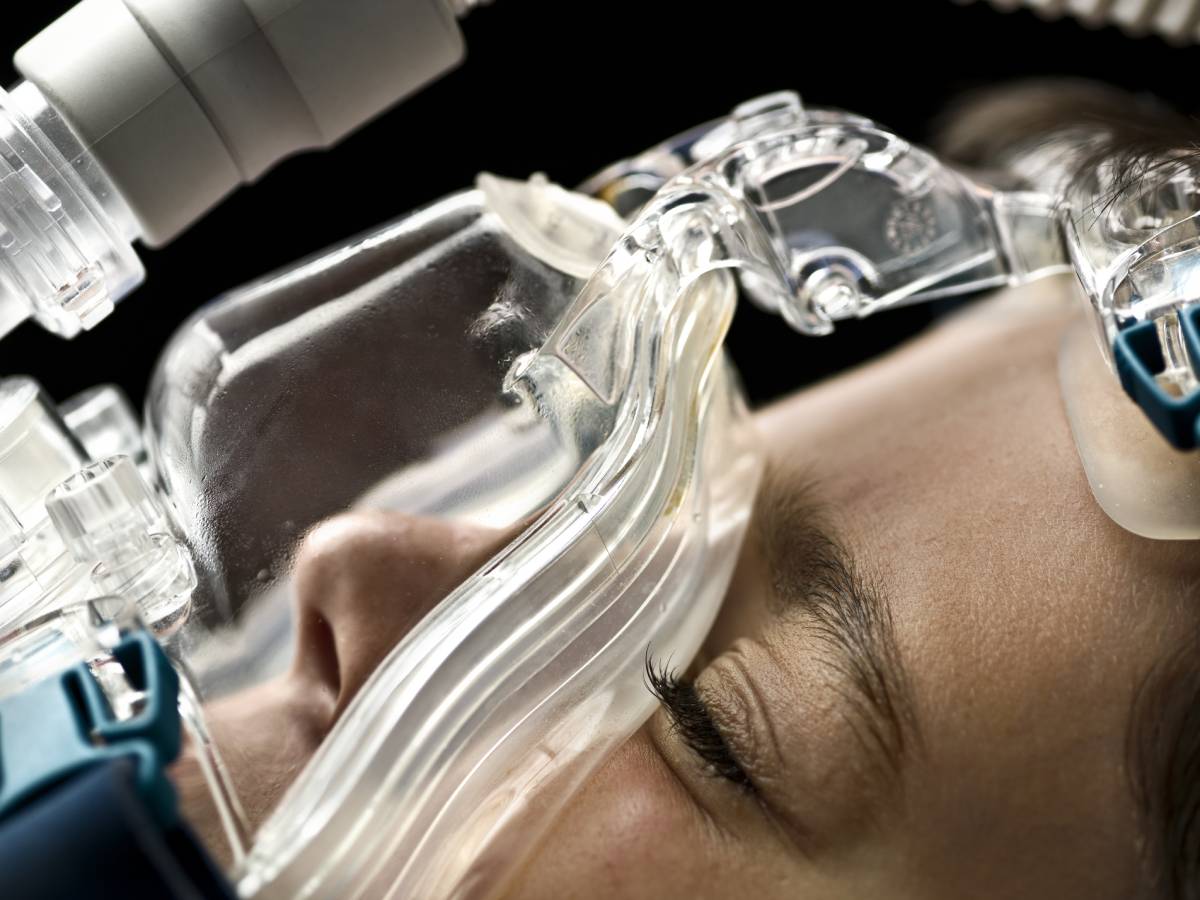Post-operative sore throat (POST) occurs in over half of the patients who undergo general anesthesia with tracheal intubation every year1. While POST is considered a mild post-operative complication with little long-term effect on patient outcome, it does contribute to post-operative morbidities and decrease patient satisfaction1.
Much of the literature on the causes of post-operative sore throat center around a set of key risk factors. Female sex and young age are commonly named, as well as not administering a neuromuscular block, doing nasal intubation instead of oral, high endotracheal cuff pressures, and laryngeal mucosal injury2. A recent study found a correlation between the size of endotracheal tube used and the incidence of POST complaints from patients, stating that a tube of size 6.5mm or bigger significantly increased risk of POST2. The article reasoned that a bigger tube may be causing direct trauma to the tracheal mucosa, resulting in the release of inflammatory cytokines that produce those tell-tale sore throat symptoms. Clinicians can take measures to reduce the risk of POST, using the smallest possible tube, monitoring cuff pressures, and being extra careful with women and children who are at higher risk2.
Since two of the major risk factors involve the use of endotracheal tubes, there has been an increased interest in finding ways to avoid using endotracheal tubes. One method with considerable success is using a supraglottic airway device, such as the laryngeal mask airway3. A 2020 study in BMC Anesthesiology showed that using a flexible, reinforced laryngeal mask airway reduced the incidence and the severity of POST after thyroid surgery when compared to an endotracheal tube, as well as better hemodynamics during intubation and less buckling during extubation3. These findings are likely due to the positioning of the LMA, which is placed superior to the larynx, causing less mucosal trauma to the trachea, and the flexible nature of the LMA, which decreases cuff pressures3.
Furthermore, there has been some investigation in the past five years into pharmacological prevention techniques, such as steroids, NSAIDs, NMDA receptor agonists and even licorice1. Steroid interventions such as IV dexamethasone, the application of triamcinolone paste on the tracheal tube, betamethasone gel and pre-operative inhaled fluticasone reduced the likelihood and severity of POST, so long as tube size and cuff pressures are also controlled1. Neither NSAIDs nor licorice were effective 24 hours after surgery, but they did alleviate some POST symptoms immediately after surgery1. NMDA receptor agonists had variable efficacies, with the magnesium gargle being more effective than the ketamine gargle1.
These interventions have been effective at reducing the incidence and severity of POST to some degree, but with varying success rates and therapeutic profiles. However, a new prevention technique has recently shown promise: preoperative gum chewing4. In a study published in Anesthesia and Analgesia, a randomized control trial found that chewing gum for two minutes before the administration of general anesthesia and intubation via a supraglottic airway device greatly reduced incidence of both moderate and severe post-operative sore throat4. If chewing gum can be shown to be consistently effective, it could be implemented as a simple way of alleviating patient discomfort with few to no side effects or contraindications4.
References
- El-Boghdadly K, Bailey CR, Wiles MD: Postoperative sore throat: a systematic review. Anaesthesia 2016; 71(6). https://doi.org/10.1111/anae.13438
- Fenta E, Tesfaw A: Incidence and factors associated with postoperative sore throat for patients undergoing surgery under general anesthesia with endotracheal intubation and Debre Taylor General Hospital, North Central Ethiopia: a cross sectional study. International Journal of Surgery: 25: 1-5. https://doi.org/10.1016/j.ijso.2020.06.003
- Gong Y, Xu X, Wang J, Che L, Wang W, Yi J: Laryngeal mask airway reduces incidence of postoperative sore throat after thyroid surgery compared with endotracheal tube: a single-blinded randomized control trial. BMC Anesthesia 2020. https://doi.org/10.1186/s12871-020-0932-2
- Wang T, Wang Q, Haiyang Z, Huang S: Effects of preoperative gum chewing on sore throat after general anesthesia with supraglottic airway device: a randomized control trial. Anesthesia and Analgesia 2020; 131 (6): 1864-1871. https://doi.org/10.1213/ANE.0000000000004664
